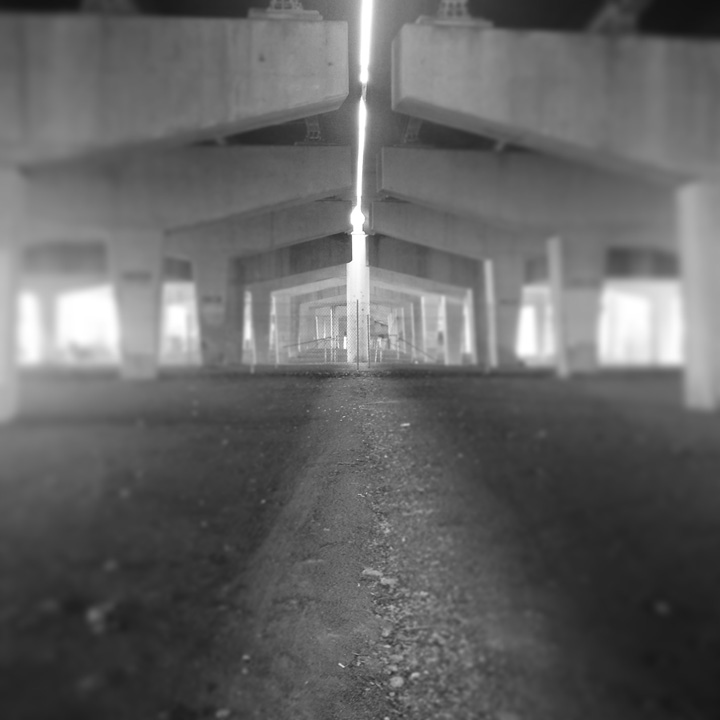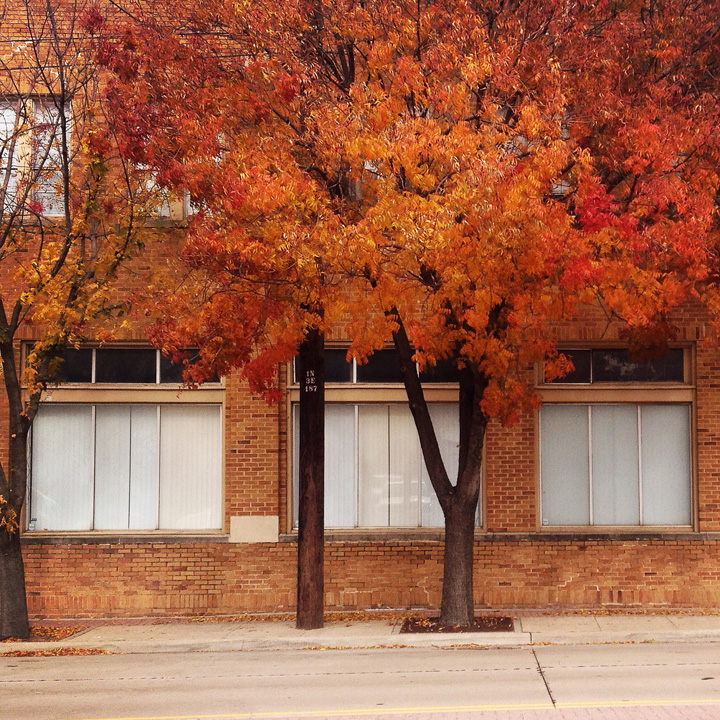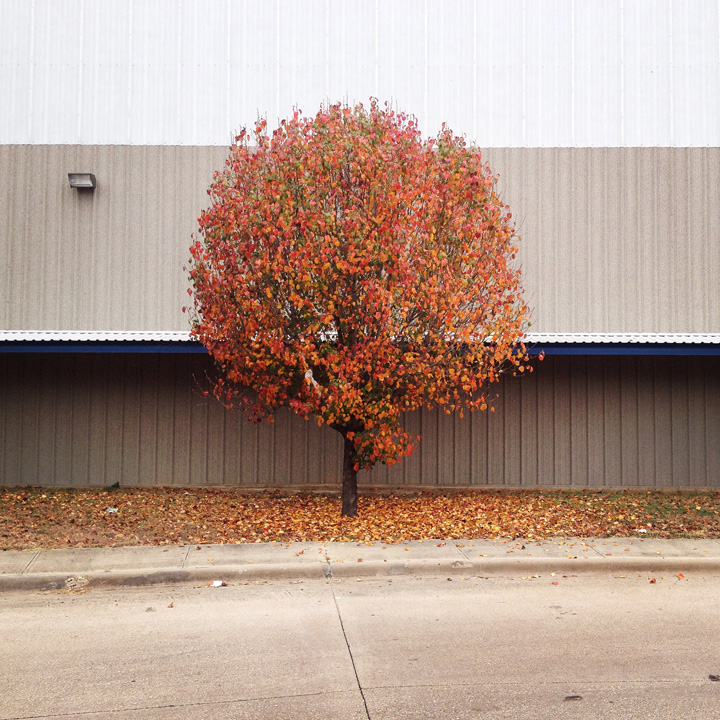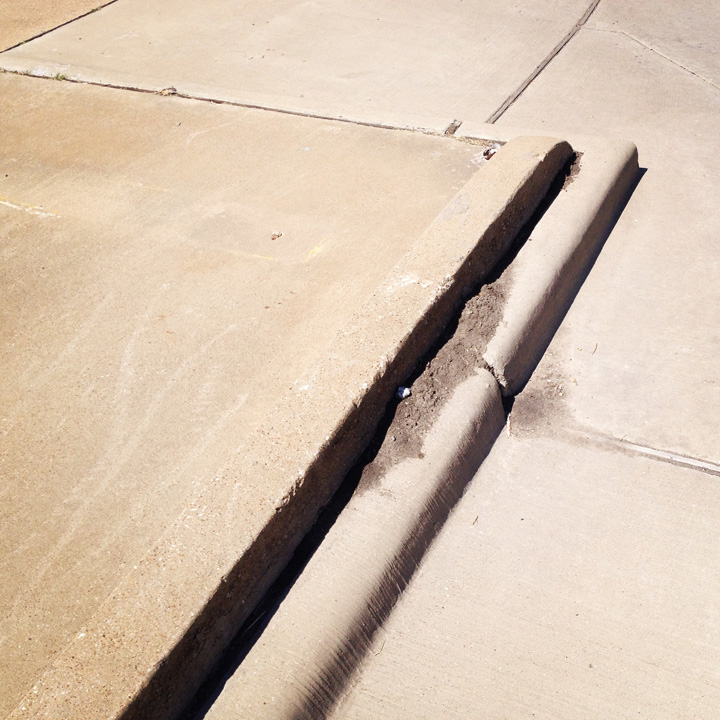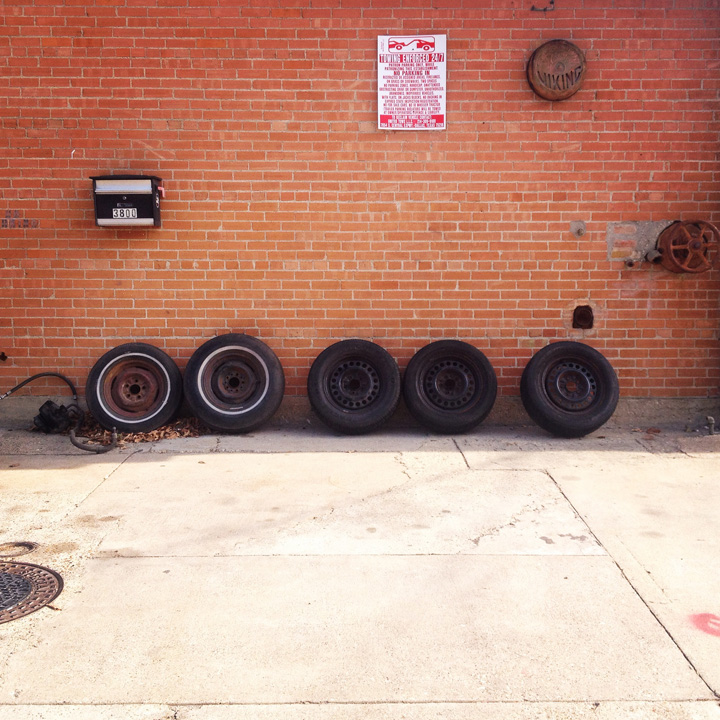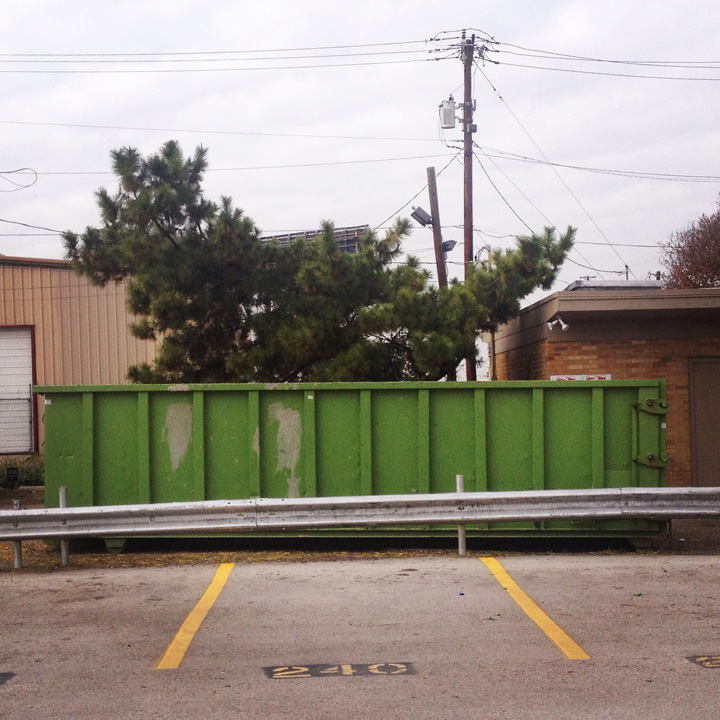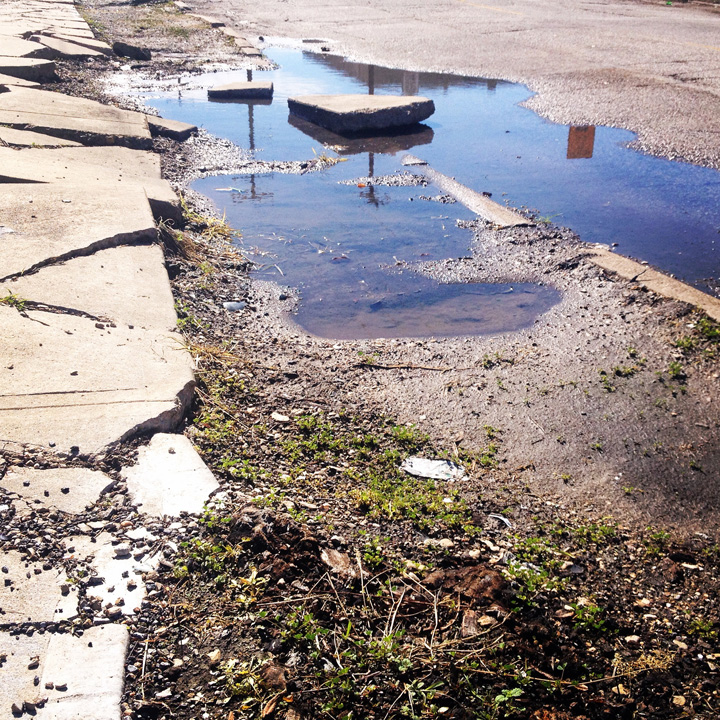Places are fragmentary and inward-turning histories, pasts that others are not allowed to read, accumulated times that can be unfolded but like stories held in reserve, remaining in an enigmatic state . . .
[Michael de Certeau, The Practice of Everyday Life, Walking in The City]
This past September, on my second day of being an Outsider, I walked from Exposition Park to Murray Street Coffee on the eastern edge of Deep Ellum. I took a photograph of the streak of light that streams down at noon between the eastern and western lanes of traffic of the Route 30 overpass. For the past six months, I’ve continued to capture moments of the unexpected and of the delightfully mundane within a relatively small walking radius of our office on Exposition Avenue.
At first I knew nothing about where I was. I knew nothing about Exposition Park, or even anything about Texas. Everything was different, the plants were strange, the heat was brutal, the sun a bit blinding. It was easy to meander, to get just a little bit lost. It became midday ritual of wandering around the same few blocks in search of the unexpected.
It also became an experiment in seeing. I wanted to walk around the same block three or four times a week, and to see something that I hadn’t seen before. Eventually, I would know when a dumpster appeared, and when it left, when the rain caused a sidewalk to sink and crack even further. I know when the last leaves fell from a tree, and when the first tinge of green appeared.
In September, Peter Graves posted about his research into the history of Exposition Park by studying historic maps. This is another layer to that same story. As landscape architects, we have many ways of learning about a place. There are maps, and data. There are the stories of the place and its people. But there is also careful observation of the material condition of place. An observation of material that tells a story of people and processes.
This series isn’t about the exact composition or resolution of each image. It’s about looking at sidewalks with curiosity to learn their stories. It’s a practice in the everyday act of walking, and a practice of seeing. It's a practice of being able to get lost in your own backyard, and to look with wonder at the spaces that you thought you knew.


